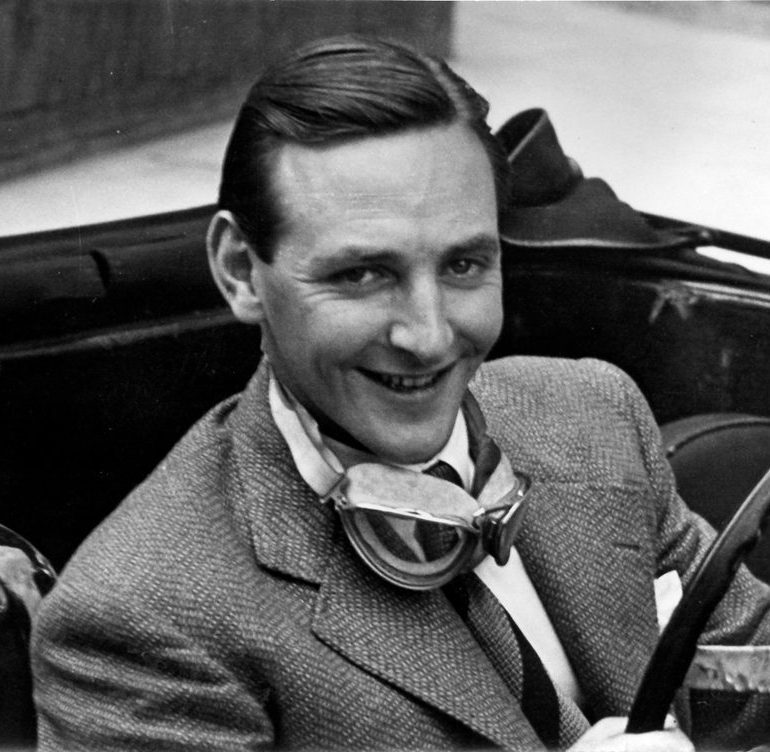Les Leston was born in 1920 named Alfred Lazarus Fingleston. He worked in the motor accessory business and was an accomplished drummer in the Clay Pigeons jazz band that included Belgian racer Johnny Claes. Leston’s racing career began in the late 1940s driving a Jaguar SS100, but he soon turned to 500-cc racing, making his debut in a Mk I Keift at Goodwood in 1950. The following year he finished 10th in the 500-cc championship driving a JBS. In 1951 he was elected as a member of the British Racing Drivers Club. Becoming more proficient aboard his Leston Special, prepared by Ray Martin, in 1952 he became a regular visitor to the top step of the podium and finished runner-up to Don Parker in the National F3 Championship.
The highlight of that year, and a truly memorable moment of his career, was Leston’s win at the Luxembourg GP over drivers like Peter Collins and Stirling Moss. That victory earned him the accolade of being the first recipient of the BRDC’s Richard Seaman Trophy. Some 40 years later he would present the same trophy to the 1992 F1 World Champion, Nigel Mansell. Cooper acknowledged Leston’s talent by offering him a “works” drive for 1954. The move paid dividends for both as Les became British F3 champion, beating Parker at the final race of the year on Boxing Day at Brands Hatch.
Leston made three Grand Prix appearances in his career, his debut coming at Monza in 1956 driving a Connaught, where he retired with suspension failure. In 1957, Cooper gave him his second opportunity, at Monaco, but he failed to qualify. The ’57 British GP at Aintree was his last foray in Grand Prix racing, qualifying the Owen Racing Organisation BRM P25 12th, but retiring with engine problems on lap 44. Aston Martin signed Leston to race its DBR1 sportscar in 1957 and all was looking good, but the 1958 season would be disastrous as he had a huge accident when the engine seized while racing an F2 Lotus at the Grand Prix of Caen in Normandy.
Following this accident he started to raise the profile of Les Leston Ltd., a company he had formed in 1955 selling race overalls, helmets and other racing and motoring accessories. Many a “boy racer” of the era has something with the “LL” trademark in their cupboards, even today!
In racing terms, Leston would become synonymous with the DAD10 (Daddy-O) registration-plated Lotus Elite. Regular wins and successes in the early 1960s, both in the UK and abroad, took Leston and the car to legend status. Frank Costin re-profiled the front of the Elite, which obviously gave Leston an edge over his competitors. He won the British Saloon Car Championship in 1958 and the British GT Championship in 1961. He was a regular competitor in many European Rallies, including the prestigious Monte Carlo Rally.
In the 1970s a change in location and occupation found Leston moving to Hong Kong and becoming a broadcaster where he stayed until the mid 1980s.
In later life, he was often seen at classic motor racing events such as Goodwood’s Festival of Speed and Revival meetings and the Silverstone Classic, although in more recent years due to age and failing health these appearances were less often. Vintage Racecar offers sincere condolences to his family and many friends.
By Mike Jiggle




